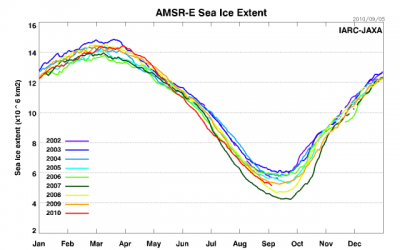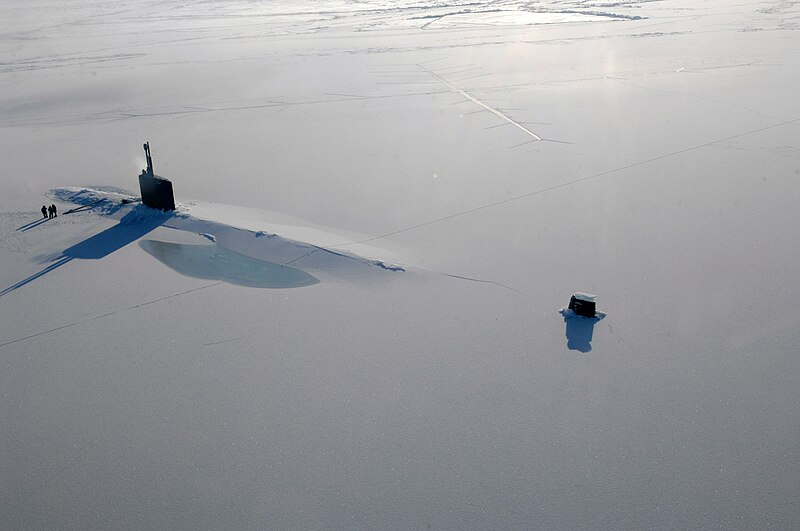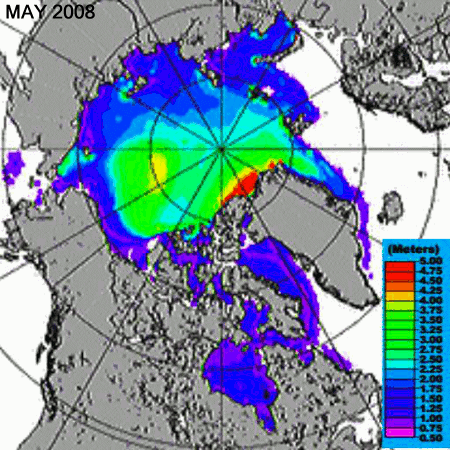Old Rocks
Diamond Member
Look at the minimum for this years arctic ice. Almost as low as 2007, and still declining.
http://arctic.atmos.uiuc.edu/cryosphere/IMAGES/seaice.area.arctic.png
Now look at the global sea ice area, note the right hand side of the graph. See how much time the ice area is below the zero line since 2003.
http://arctic.atmos.uiuc.edu/cryosphere/IMAGES/global.daily.ice.area.withtrend.jpg
And here is the present line of the Arctic Ice area
http://nsidc.org/data/seaice_index/images/daily_images/N_stddev_timeseries.png
Still trending down. Another week of no uptrend, and we may well see another low for the Arctic Ice Melt.
http://arctic.atmos.uiuc.edu/cryosphere/IMAGES/seaice.area.arctic.png
Now look at the global sea ice area, note the right hand side of the graph. See how much time the ice area is below the zero line since 2003.
http://arctic.atmos.uiuc.edu/cryosphere/IMAGES/global.daily.ice.area.withtrend.jpg
And here is the present line of the Arctic Ice area
http://nsidc.org/data/seaice_index/images/daily_images/N_stddev_timeseries.png
Still trending down. Another week of no uptrend, and we may well see another low for the Arctic Ice Melt.






